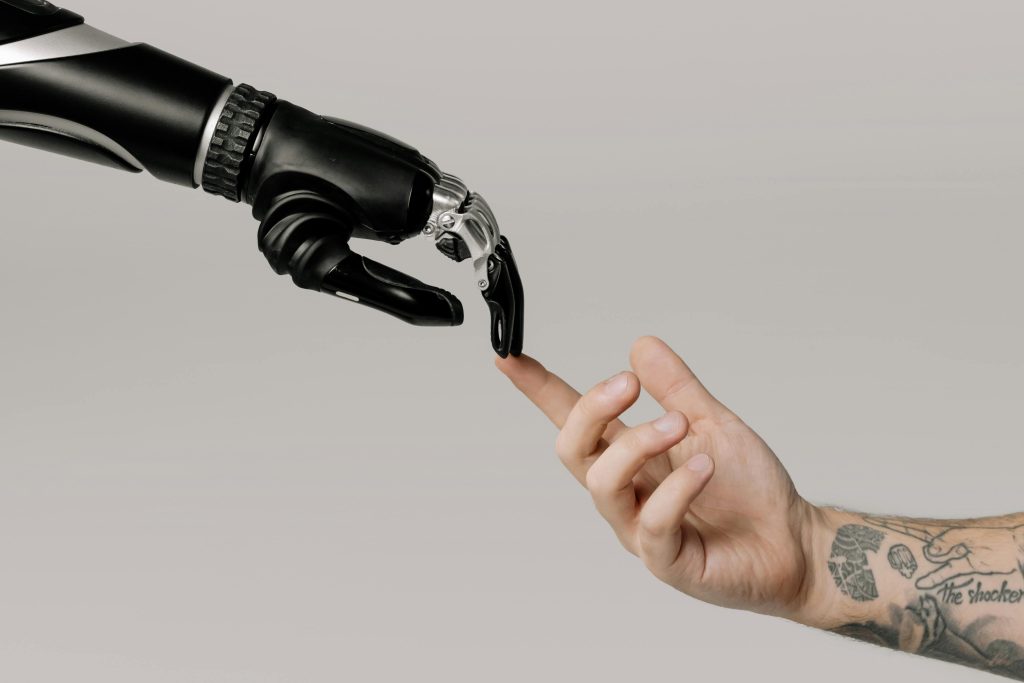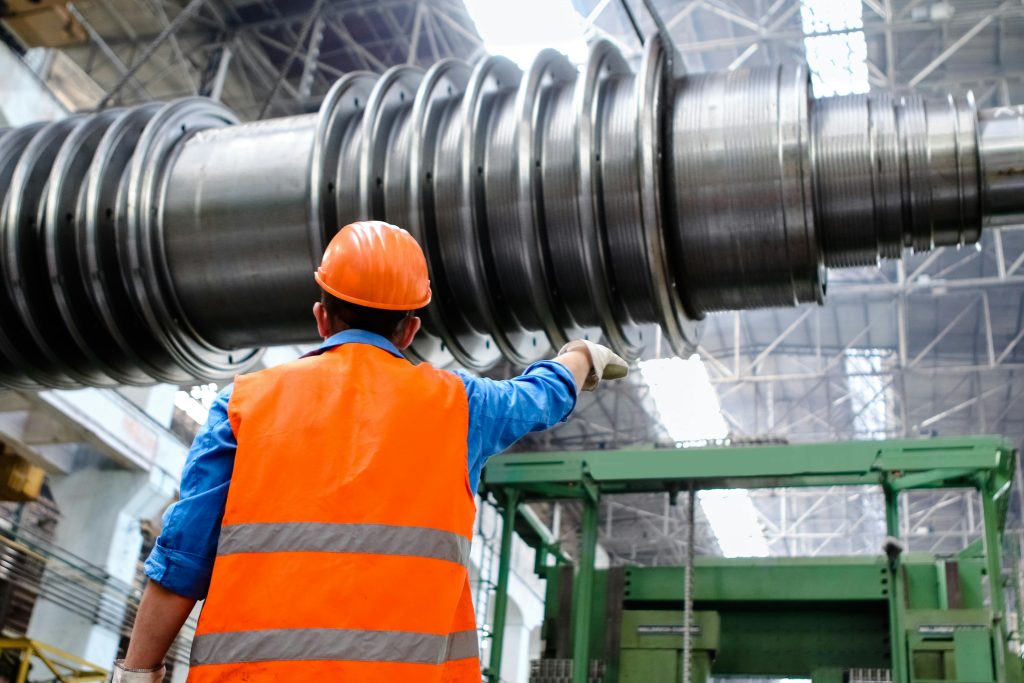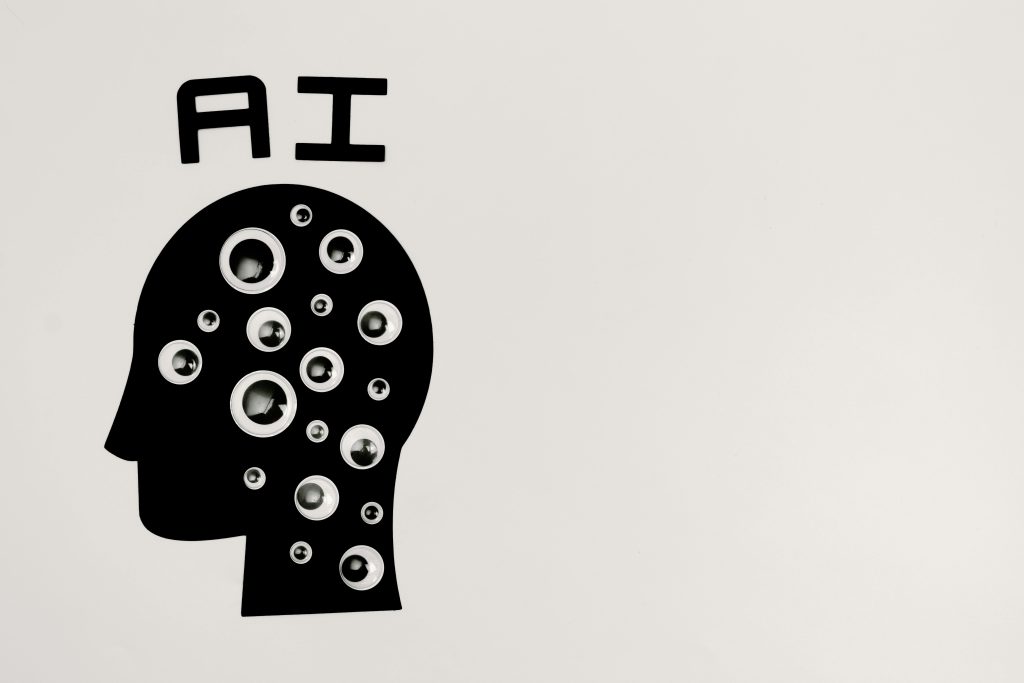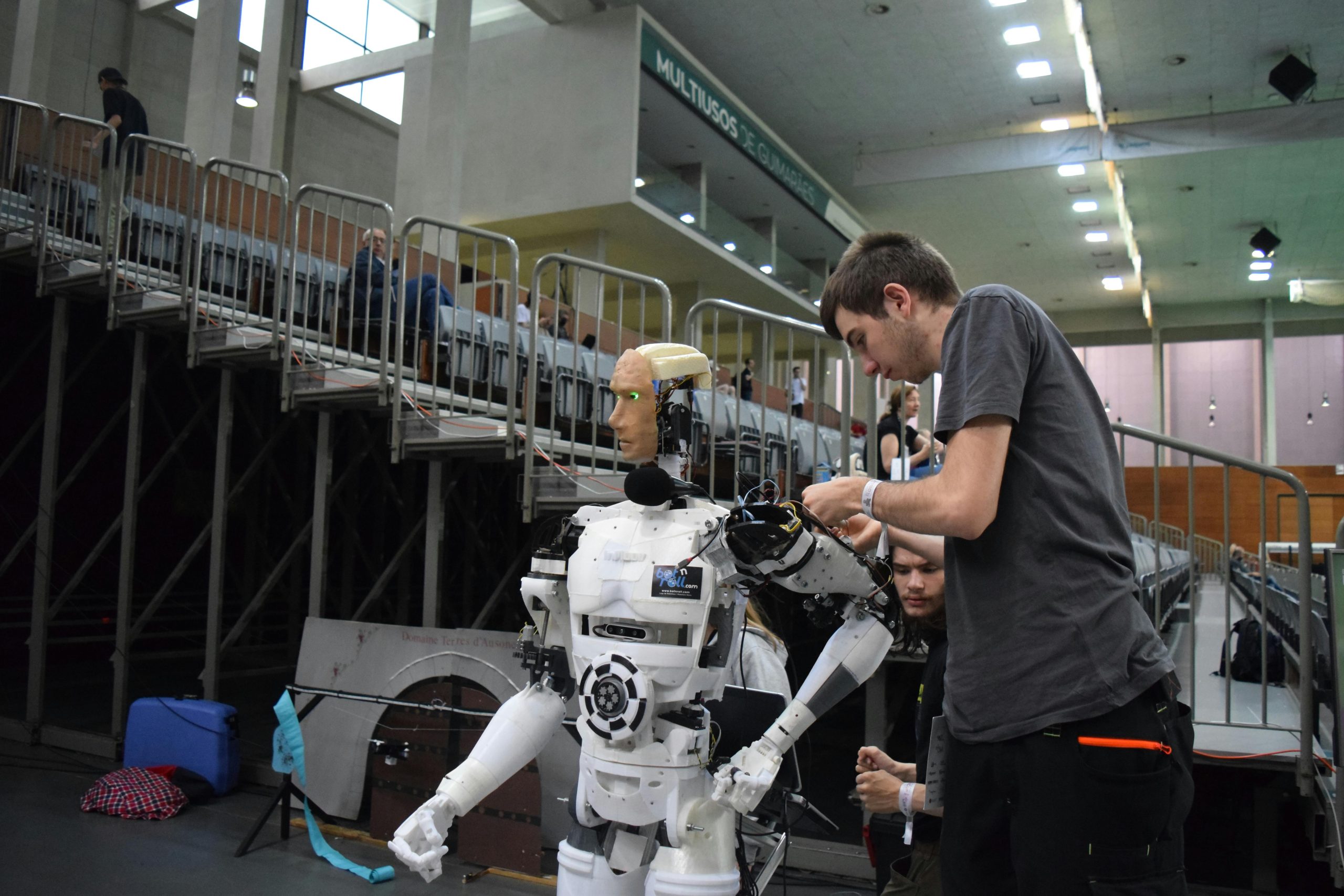Predictive maintenance (PdM) transforms how organizations care for critical equipment—shifting from scheduled or reactive fixes to data-driven, just-in-time service. At the heart of modern PdM is artificial intelligence (AI), which ingests streams of sensor data, detects early warning signs of failure, forecasts remaining useful life (RUL), and prescribes optimal maintenance actions. In this deep dive, we’ll explore every stage of the AI-powered PdM lifecycle: how data is collected and fused, the machine-learning techniques that spot anomalies, the modeling methods that predict when components will wear out, and the decision-support tools that turn predictions into prescriptive plans. Along the way, you’ll find real-world examples, code snippets, expert insights, and best practices to help you implement a resilient, scalable PdM program that drives uptime, safety, and cost savings.

Understanding Predictive Maintenance and AI’s Emergence
Most organizations still rely on:
- Reactive maintenance: Waiting for breakdowns and scrambling for repairs.
- Preventive maintenance: Scheduling service at fixed intervals, often replacing parts prematurely.
Predictive maintenance uses real-time monitoring and advanced analytics to perform maintenance exactly when it’s needed. AI accelerates PdM by:
- Automating data ingestion from IoT devices.
- Learning complex patterns in high-volume time-series data.
- Forecasting failures with high accuracy.
- Recommending actions that balance risk, cost, and production demands.
Expert Insight: A Deloitte study found that AI-driven predictive maintenance can reduce unplanned downtime by up to 50% and maintenance costs by 30%.
Data Acquisition & Integration: The Foundation of AI-Driven PdM
Sensor Networks and Edge Computing
Modern industrial assets are equipped with:
- Vibration and acoustic sensors for bearings, motors, and compressors.
- Temperature and pressure probes in turbines, pipelines, and reactors.
- Electrical and current monitors on generators and drives.
Edge analytics deploys lightweight AI models at the gateway or device level to filter noise, perform initial feature extraction, and send only relevant summaries to the cloud—reducing bandwidth and latency.
Data Fusion and Digital Twins
PdM platforms merge:

- Real-time telemetry: High-frequency sensor bursts.
- Historical logs: Maintenance records, failure modes, technician notes.
- Environmental data: Ambient humidity, load cycles, operating schedules.
This fusion creates a digital twin—a virtual replica of the physical asset—enabling AI to simulate “what-if” scenarios, test predictive models, and refine accuracy over time.
AI-Powered Anomaly Detection: Spotting Problems Before They Escalate
Unsupervised Learning Techniques
Clustering and Outlier Detection
- K-Means & DBSCAN: Group similar operational states; points outside clusters indicate abnormal behavior.
- Isolation Forests: Build random decision trees that isolate anomalies quicker than normal points.
Autoencoders
Neural networks trained to reconstruct healthy signal patterns:
pythonCopyEditfrom tensorflow.keras import Input, Model
from tensorflow.keras.layers import Dense
# Build a simple autoencoder
input_dim = X_train.shape[1]
encoding_dim = 16
inp = Input(shape=(input_dim,))
encoded = Dense(encoding_dim, activation='relu')(inp)
decoded = Dense(input_dim, activation='sigmoid')(encoded)
autoencoder = Model(inp, decoded)
autoencoder.compile(optimizer='adam', loss='mse')
autoencoder.fit(X_train, X_train, epochs=30, batch_size=64)
# Anomalies flagged where reconstruction error is high
Analogy: Imagine teaching a translator to perfectly recreate an English sentence in English; if it struggles to reconstruct a garbled input, that input is likely “anomalous.”
Time-Series Models
- LSTM & GRU Networks: Capture long-term dependencies—e.g., gradually increasing vibration frequency indicating bearing wear.
- Seasonal-Trend Decomposition: AI separates regular operation cycles from genuine anomalies, reducing false alarms.
Remaining Useful Life (RUL) Prediction: Planning Just-In-Time Maintenance
Supervised Regression Approaches
AI models trained on labeled failure data forecast how much life remains:

- Random Forest Regression & Gradient Boosting: Handle mixed numeric and categorical features (load, temperature, runtime).
- Support Vector Regression (SVR): Effective in high-dimensional spaces with limited failure samples.
Deep Learning & Digital Twin Simulations
- CNNs on Spectrograms: Convert vibration or acoustic signals into images; CNNs excel at spotting complex wear patterns.
- Physics-Informed Neural Networks: Embed known mechanical relationships into AI architectures for more robust predictions.
Expert Insight: A case study in wind-turbine maintenance showed CNN-based RUL models reduced gearbox failure forecasts errors by 25% compared to traditional statistical methods.
Prescriptive Maintenance: From Predictions to Actions
Optimization and Scheduling
Once AI forecasts RUL, optimization engines determine:
- When to schedule maintenance windows around production.
- Which spare parts to order and when, considering lead times.
- How to allocate technicians and minimize overtime costs.
Linear programming or heuristic solvers balance these variables to produce a maintenance master schedule that maximizes uptime and minimizes total cost of ownership (TCO).
Root Cause Analysis with NLP
Natural Language Processing (NLP) parses unstructured text—work orders, technician notes, failure reports—to:
- Identify common failure modes across fleets.
- Recommend design or process changes (e.g., improved lubrication protocols).
- Automate tagging of maintenance records for continuous learning.
Autonomous Remediation
In advanced setups, AI agents can:
- Tune machine operating parameters (speed, temperature thresholds) to mitigate risks until service occurs.
- Trigger automatic parts requisition in the ERP system when risk exceeds preconfigured thresholds.
Continuous Learning & System Evolution
AI models must evolve with fresh data:

- Feedback Loops: Sensor readings post-maintenance validate predictions and improve model accuracy.
- Model Retraining: Scheduled retraining incorporates new failure events, preventing model drift.
- Transfer Learning: Pretrained models on one asset class adapt to new equipment with minimal additional data.
Best Practice: Adopt MLOps pipelines to automate data versioning, model training, validation, and deployment—ensuring reproducibility and auditability.
Overcoming Implementation Challenges
- Data Quality & Governance
- Solution: Establish data-validation rules; automate anomaly scrubbing and missing-value handling.
- Cross-Functional Collaboration
- Solution: Create a PdM center of excellence with stakeholders from maintenance, IT, data science, and operations.
- Explainability & Trust
- Solution: Use interpretable models or explainer tools (SHAP, LIME) so technicians understand AI outputs.
- Scalability & Infrastructure
- Solution: Leverage a hybrid cloud–edge architecture to process high-frequency data locally and archive insights centrally.
Future Trends in AI-Driven Predictive Maintenance
- Federated Learning: Train models across multiple facilities without sharing raw data, preserving privacy and security.
- Augmented Reality (AR) Integration: Overlay AI insights on equipment via AR headsets—guiding technicians through complex repairs.
- Self-Healing Systems: Cyber-physical systems that automatically reroute workloads or reconfigure machinery to avoid imminent failures.

Conclusion
AI is the engine that transforms predictive maintenance from a manual checklist into an intelligent, proactive discipline. By seamlessly collecting and fusing diverse data, detecting subtle anomalies, forecasting remaining useful life, and prescribing optimized maintenance actions—all within a self-learning framework—AI enables organizations to dramatically reduce unplanned downtime, cut maintenance costs, and extend asset lifespans. To get started, pilot AI-driven PdM on your most critical equipment, build cross-functional teams, and invest in scalable data infrastructure. From there, continuous iteration and expansion will unlock the full potential of AI, ensuring your operations run smoother, safer, and more cost-effectively than ever before.


